This project is part of the Elizabeth River Project’s larger goal of improving water and environmental quality for the Elizabeth River.
The completed Indian River living shoreline will be a total of about 670-feet long, comprised of coir logs, oyster castles, and native grass plantings. We started mid-way through the project and mainly focused on sand grading and reinforcing of the shoreline. The volunteers were divided in to groups with different responsibilities. The wheelbarrow teams were to transport sand to the riverfront using wheelbarrows and buckets. The raking team worked at the water’s edge to place and grade the sand delivered by the wheelbarrow teams. Before placing the sand, coir logs had been laid out as designed by the Elizabeth River Project staff to set a boundary and protect the sand from erosion during tidal events. The goal was to create a gentle slope of 3:1 to 10:1 between the existing wetland planting edge and the coir logs staked in the water. The volunteer team utilized wood boards to create a temporary path on the sand for the wheelbarrows. By the end of the day, we had constructed a 200 foot long section of sand base for the restored living shoreline, ready to be planted in the very near future.
All the volunteers involved were enthusiastic about improving water and environmental quality regardless of their background. Most of them were without professional knowledge of environmental restoration and wetlands restoration. Residents from the surrounding area, college students, and parents with children all joined the ranks. Some drove more than 30 miles to volunteer at the Indian River.
Participating residents were excited and more than willing to contribute to the project, as they see changes day by day. One of the residents showed us the oyster castle they had built through the Elizabeth River Project’s work and explained the history of oysters in the Chesapeake Bay and its tributaries. We learned that one adult oyster can filter 50 gallon of water. We all hoped to restore the water quality and create more habitats for oysters.
As a landscape architecture firm, we have a responsibility to make our projects and designs healthy and sustainable. It takes dedicated people, volunteers, and organizations like the Elizabeth River Project to lead the way. We were happy to contribute to the effort to make the Elizabeth River and its tributaries a healthier place.










